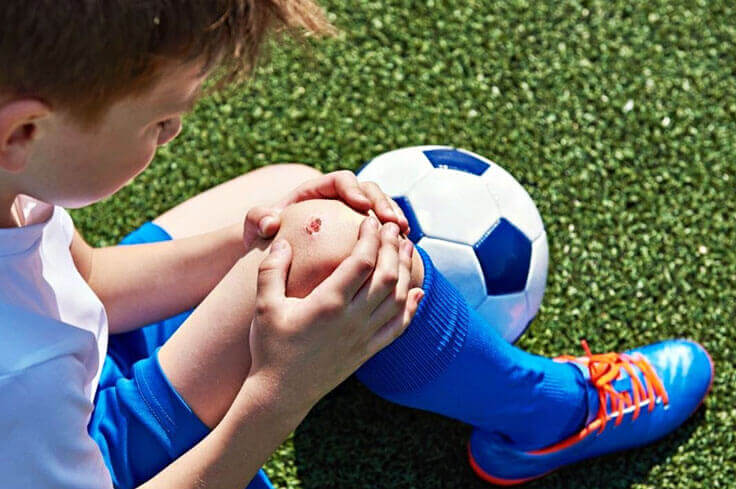
Sports Injuries

With increased participation in organized sports, children and adolescents are at higher risk of sports-related injuries. Pediatric sports injuries differ from adult injuries due to the presence of growth plates, developing bones, and growing soft tissues.
Common Sports Injuries
Growth Plate Injuries (Physeal Fractures)
- Seen in long bones like femur, tibia, and radius
- Risk of growth disturbance if untreated
Apophyseal Injuries (Traction Injuries)
- Examples: Osgood-Schlatter disease (knee), Sever’s disease (heel)
- Caused by repetitive stress on growth centers
Sprains & Strains
- Common in ankle, knee, shoulder
- Often from poor technique or fatigue
Fractures
- Wrist, forearm, and clavicle fractures are frequent
- May occur from falls or collisions
Overuse Injuries
- Tendinitis, stress fractures
- Common in sports with repetitive motion (e.g., swimming, running)
Concussions
- Occur in contact sports like football, hockey
- Require careful neurological evaluation
Symptoms
- Pain, swelling, or bruising
- Limping or refusal to bear weight
- Joint instability or locking
- Reduced range of motion
- Persistent fatigue or pain with activity
Diagnosis & Evaluation
- Clinical exam focused on joints, bones, and growth plates
- Imaging: X-rays (growth plate awareness), MRI for soft tissue or stress injuries
- Pediatric orthopedic consultation
Treatment Approach
- Rest and Activity Modification
- Immobilization or Casting (if needed)
- Pain Management – Safe pediatric dosing
- Physiotherapy and Rehab – To regain strength and prevent recurrence
- Surgical Care – Only for severe or growth-threatening cases
Prevention
- Proper warm-up and stretching
- Age-appropriate training and equipment
- Avoiding overtraining or early specialization in one sport
- Regular rest periods and hydration
- Supervision by trained coaches and pediatric-aware trainers